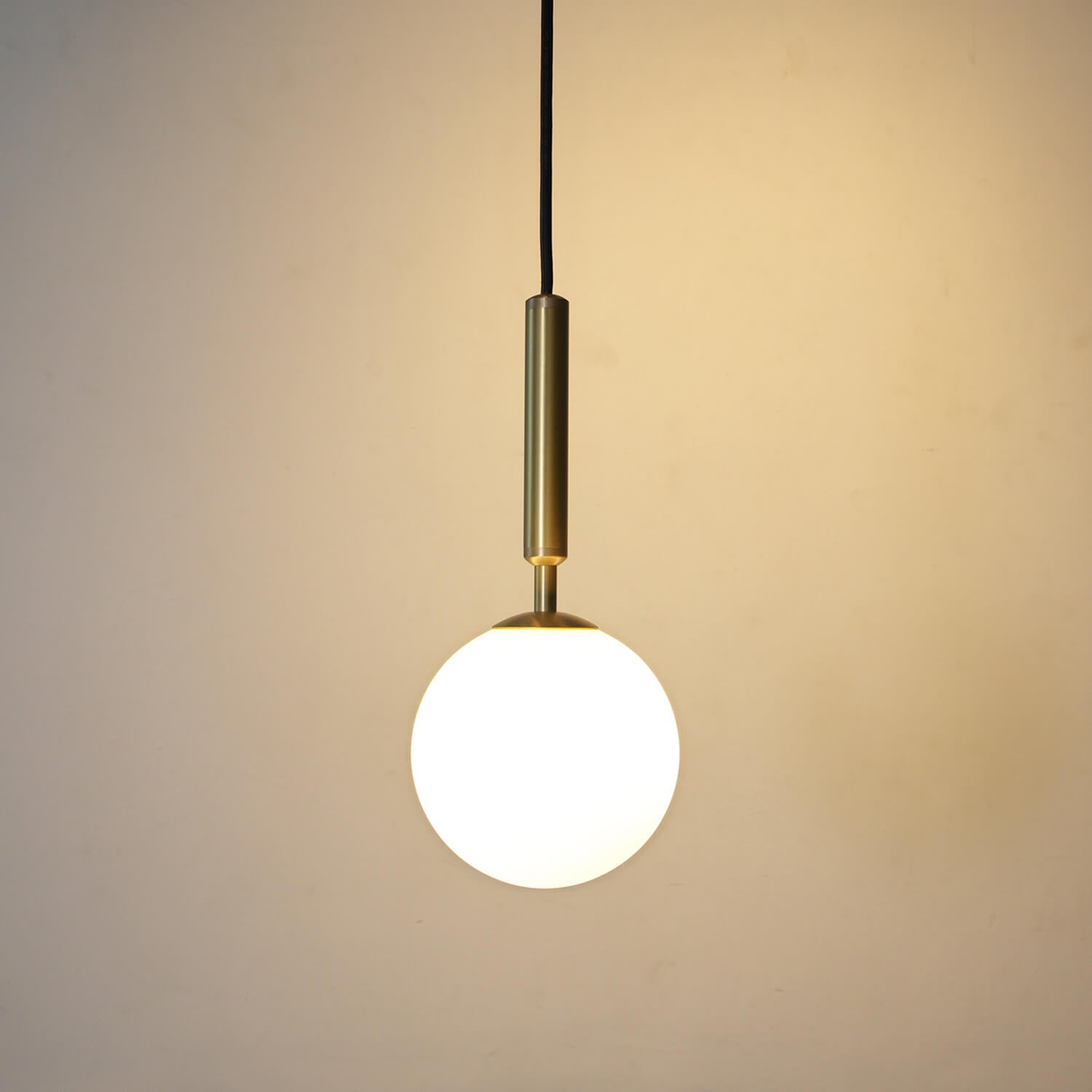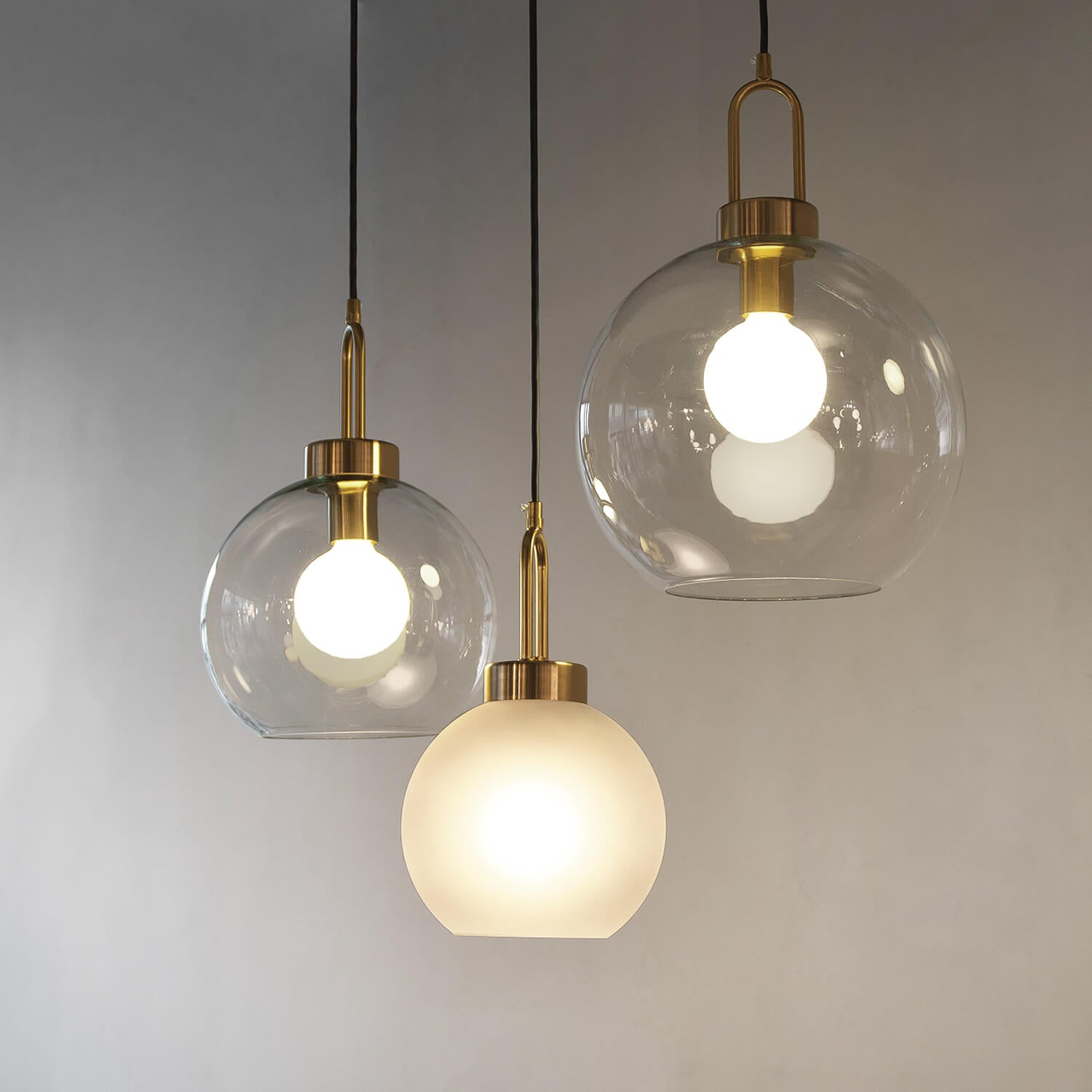Introduction
Lighting plays a crucial role in photography. It has the power to transform ordinary scenes into breathtaking pictures. A skilled photographer understands the importance of proper lighting and how to use it to their advantage. In this article, we will discuss the basics of lighting for pictures, the different types of light, and how they affect the mood and tone of an image.
The Importance of Lighting
One of the most significant aspects of lighting for pictures is the ability to control the mood and atmosphere of your subject. The way light falls on a subject can create different emotions and visual effects. For instance, warm tones can create a cozy and welcoming mood, while cooler tones can create a more somber tone.
Another essential aspect of lighting is its ability to show form and texture. By changing the direction of the light, you can create shadows and highlights that add depth and dimension to your subject. This technique is especially useful when capturing portraits, as it can accentuate facial features and give the subject distinct characteristics.
The Basics of Lighting
Lighting for pictures can be achieved in several ways, but understanding the basics is crucial. The three essential controls of lighting are intensity, direction, and color.
Intensity
Intensity relates to the brightness or dimness of the light source. You can alter the intensity of light by adjusting the power of the light source, increasing or decreasing the distance between the subject and the light or using reflectors and diffusers to control the light’s strength.
Direction
Direction refers to the angle at which light falls on your subject. You can use different angles to create shadow and highlight or to emphasize texture and form. Lighting positions include front, side, back, and top lighting.
Color
Color temperature affects the mood of your image. Warm tones such as orange and yellow can create a cozy and welcoming mood, while cooler tones like blues and greens can create a more somber tone. Color temperature can be adjusted through the white balance settings on your camera or by using filters.
The Different Types of Light
Natural light and artificial light are the two primary types of light that photographers use. Natural light can be found from the sun, skylight, or any other source of light that is not man-made. Artificial light comes from artificial sources like lamps and flashlights, and it is used in controlled environments.
Natural Light
Natural light is ideal for outdoor or location photography. It is also the most accessible and affordable lighting source since it is free. However, natural light is inconsistent and changes regularly, making it difficult to control. For example, sunlight can change in brightness and color temperature depending on the time of day or the weather conditions.
Artificial Light
Artificial light comes from sources like lamps, flashlights, and studio lights. It is easier to control and manipulate than natural light, understanding that it can be expensive to set up. Artificial lights are also available in various types such as strobe, continuous, and LED lights. Each type has its characteristics suited for different scenarios.



